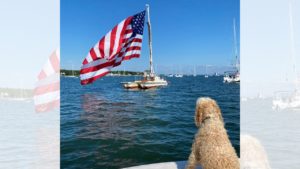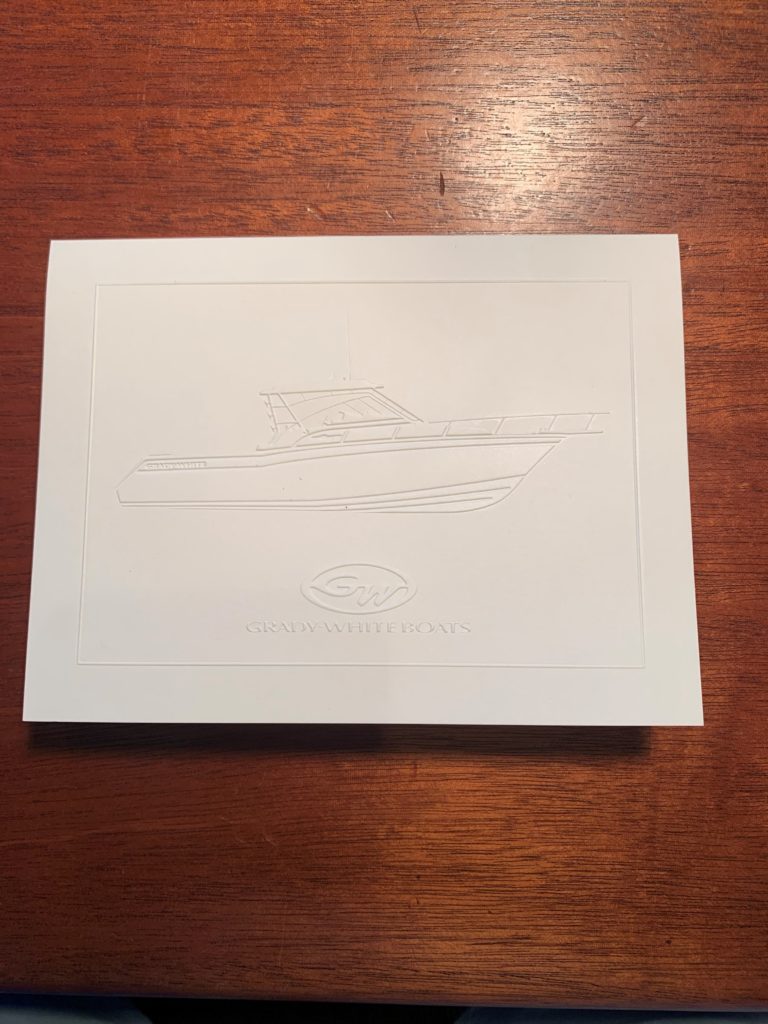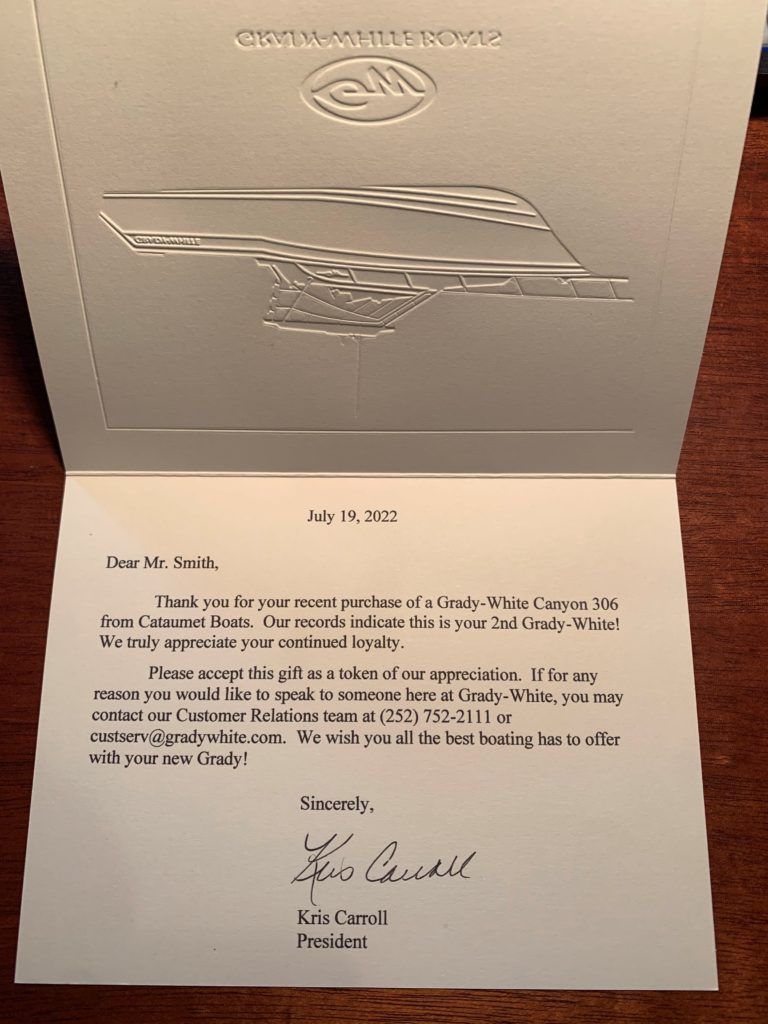 You may know my recommended strategy for buying a boat. It’s a team effort that starts with finding the boat, and continues on to include other challenges like getting it surveyed, having a place to dock it/moor it, winterizing it, and storing it, to name a few.
You may know my recommended strategy for buying a boat. It’s a team effort that starts with finding the boat, and continues on to include other challenges like getting it surveyed, having a place to dock it/moor it, winterizing it, and storing it, to name a few.
Here’s a sample of what you’ll learn in my series How to Buy a Boat.
How to Buy a Boat: Part I
“One weekend I brought a friend with me and we were all in the little 9 foot Boston Whaler. I think we decided to stop and have lunch so my dad asked my friend to throw the anchor over. And so he did. We were still drifting so my dad asked him to tie it off. My friend said “Sure, with what?” Turns out he threw the anchor and the line overboard. Thankfully the water wasn’t too deep and we were able to get in the water and bring it up. So the first piece of advice is to make sure you’re ready to own a boat. I’ll have more for you soon.”
How to Buy a Boat: Part II
“We knew we wanted something we could fish off of and we didn’t need a big cabin because we weren’t going to be sleeping on it. In terms of length we had 30-feet in mind for a couple of reasons: 1) the waves in this area can be steep, choppy, rolling, and unpredictable. 2) If the weatherman says it’s going to blow 15 knots, it’s a good rule of thumb to add at least ten knots to his forecast. It gets windy here. I wanted a sturdy boat. I remember Dick Young telling me about a conversation he had years ago with a long-time local fisherman who said: ‘Around here, you want something over 30 feet.'”
How to Buy a Boat: Part III
“I met Skip Helme during my lunch break. I told him why I was there and he said ‘Let’s go look at some boats.’ As we were walking around the yard what stood out to me was how serious Skip was when I asked about a boat: “Oh, she’s not for sale, that’s Tom Smith’s boat.” And then he gave me more information on that particular boat than I thought possible. I didn’t know who Tom was, and the boat wasn’t for sale, but I knew I wanted to work with Skip.”
How to Buy a Boat Part IV
“After looking at the first couple of boats, Skip suggested we come up with a back-of-the napkin scoring sheet. We graded each boat based on overall condition, hours on the engines, and an assortment of other factors. For example, one category was radar. Skip could tell within seconds how much value an open array radar system added compared to a closed array. He turned one unit on that happened to be a closed array and said ‘that’s not working right, it’s off balance, it will need to be fixed,’ and made note of it on our scoring sheet. At the end of the day, we had about six boats scored and had an idea of what our final price would be for each.”
How to Buy a Boat Part V
“’If you’re going to buy a boat that is mass produced, make sure you don’t buy the one that was put together on a Friday afternoon,’ Skip Helme, Owner Brewer Street Boatworks. Well Skip and I made our offer, it was accepted and we needed to get it surveyed. Skip said he knew just the guy: Steve Maddock. Turns out our boat was built on a Friday afternoon.”
How to Buy a Boat Part VI
“There is no owner’s manual for learning the ways of the water. It can get messy out there. It’s not always easy. It’s boating, in the same way fishing’s not called catching. But if you stick with it, you wake up one day and realize: I’m sailing!“
In reality, the journey is just beginning when you buy the boat. After that, it helps to have a team on your side. One of the reasons I like Grady White is their attention to detail and service. You can see below the note I received from CEO Kris Carroll. She didn’t have to send me a thank you note along with a cooler, insulated mugs, and fishing cloth. What stands out above all else is that you’re dealing with a company that stands behind its product and values you, the customer, from the very top. That’s worth a lot to Your Survival Guy.
Action Line: If you have $500,000 in savings, I want to talk with you.
Originally posted on Your Survival Guy.


